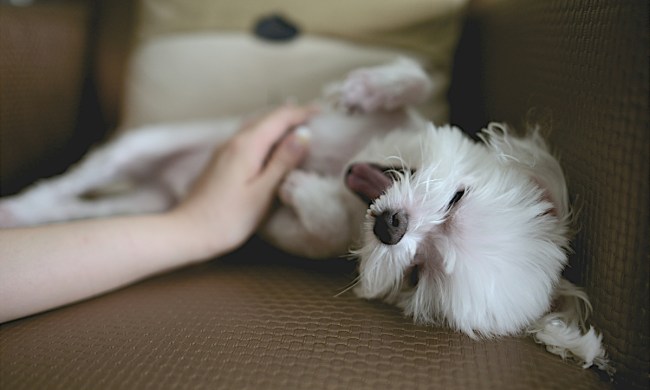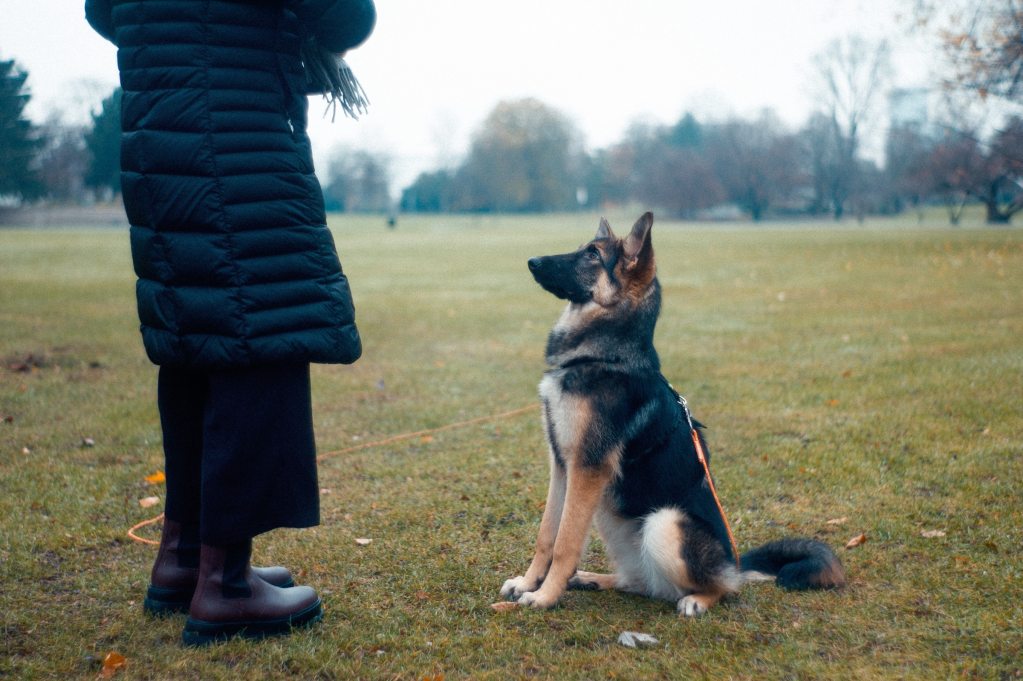
Not everyone is a canine expert who can name every dog breed at the drop of a hat, but there are several dog breeds that almost everyone can recognize. Golden retrievers, dachshunds, and Siberian huskies are very distinct, but German shepherds are another breed that’s just as familiar to the masses. This loyal, hard-working dog can be a great fit for large properties like farms or even active families and individuals, but we’re willing to bet that even their biggest fans don’t know everything about the breed.
We found five fun facts about German shepherds that anyone could find fascinating, and a few of them may even surprise you. This breed’s rocky history has definitely turned around, considering how popular these dogs are now, but how did this group of dogs get to be how they are today?

The first official German shepherd’s name was Horand von Grafrath
There was controversy around this breed before it even came into existence, which may surprise some, but it was one headstrong (or stubborn?) man who gave the breed its official start. In the 19th century, a club called Phylax Society set out to “organize” the standards of native German dog breeds. No one could agree on breeding for show or breeding for working abilities, so former club member Max von Stephanitz set out on his own to name the breed.
He met and purchased a sheepdog with “wolf-like features” and made the dog the foundation of his breeding program. This dog, which was later named Horand von Grafrath, was named the first official German shepherd in 1891. Most modern German shepherds can trace their lineage to this one dog.
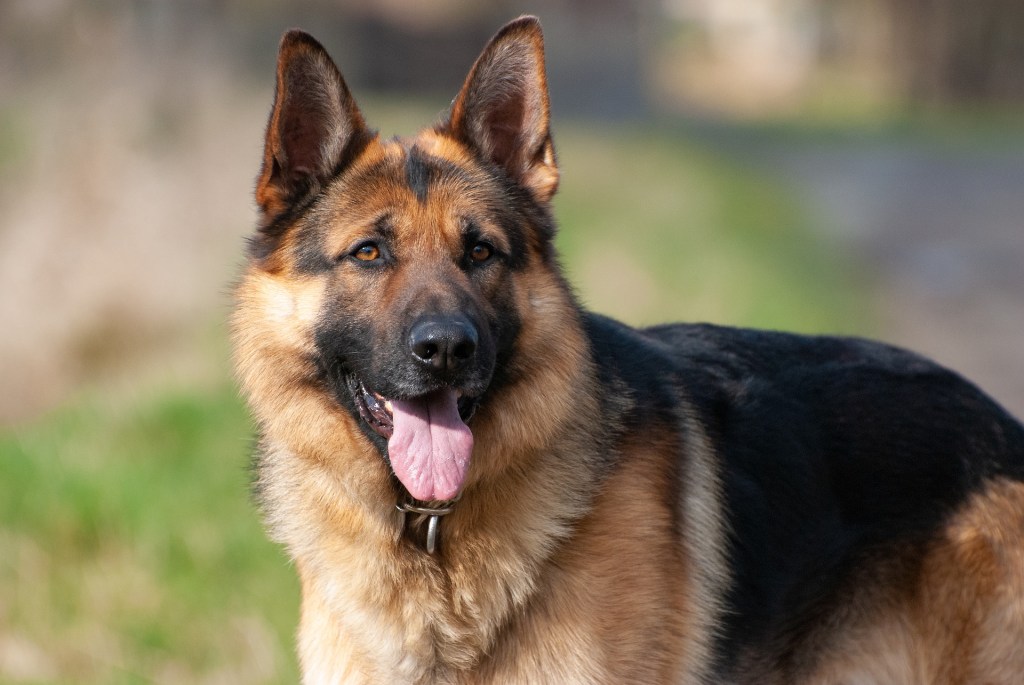
German shepherds became popular during WWI and WWII
Naturally, the controversy continued only a few decades after the breed’s conception as the world wars devastated people across the globe. In WWI, the German military used these brave canines in a number of roles, including messengers and ammunition carriers, but their most important role was guiding injured soldiers off the battlefield. In fact, this hidden talent of theirs became the later inspiration for Seeing Eye dogs (now more commonly known as guide dogs).
By WWII, this large dog’s strength, skills, loyalty, and love became even more popular. They are easy to train as guard dogs or working dogs. German shepherds assisted both the Axis and Allied militaries and are still popular as military working dogs and police dogs today.
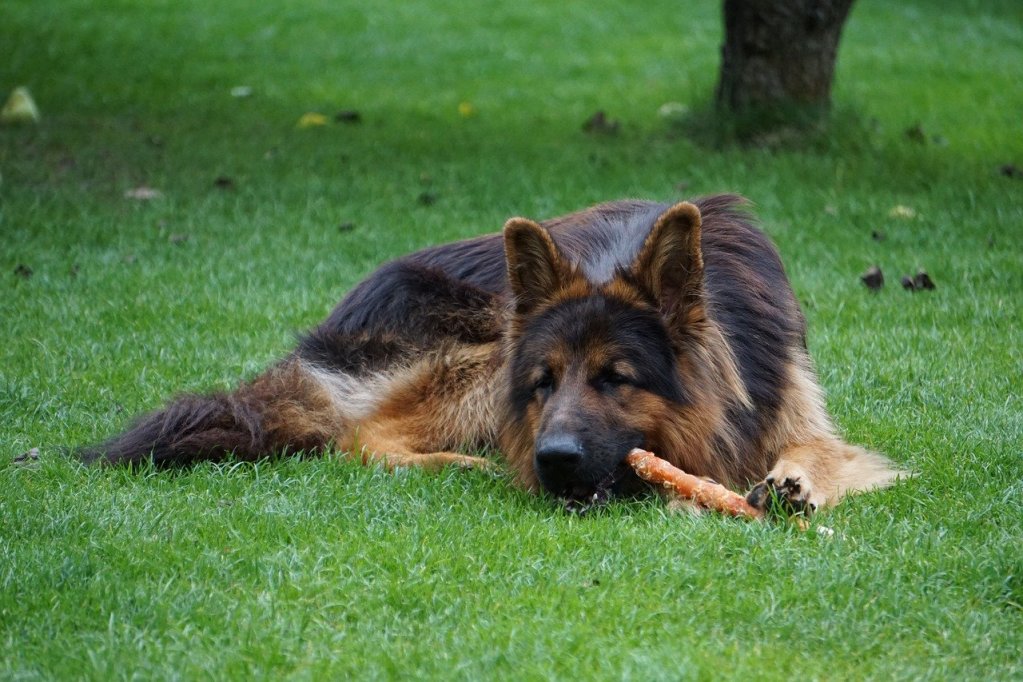
Anti-German sentiment caused the breed to change its name after WWII
During and after the Second World War, anti-German feelings changed how people living in England, Ireland, and even the U.S. felt about the breed. Still, they knew the benefits of using this breed in the military, so instead of finding another breed, they simply renamed this one. That’s why the German shepherd was called the Alsatian wolf dog for about 30 years following the war until breeders campaigned to bring back its original name.
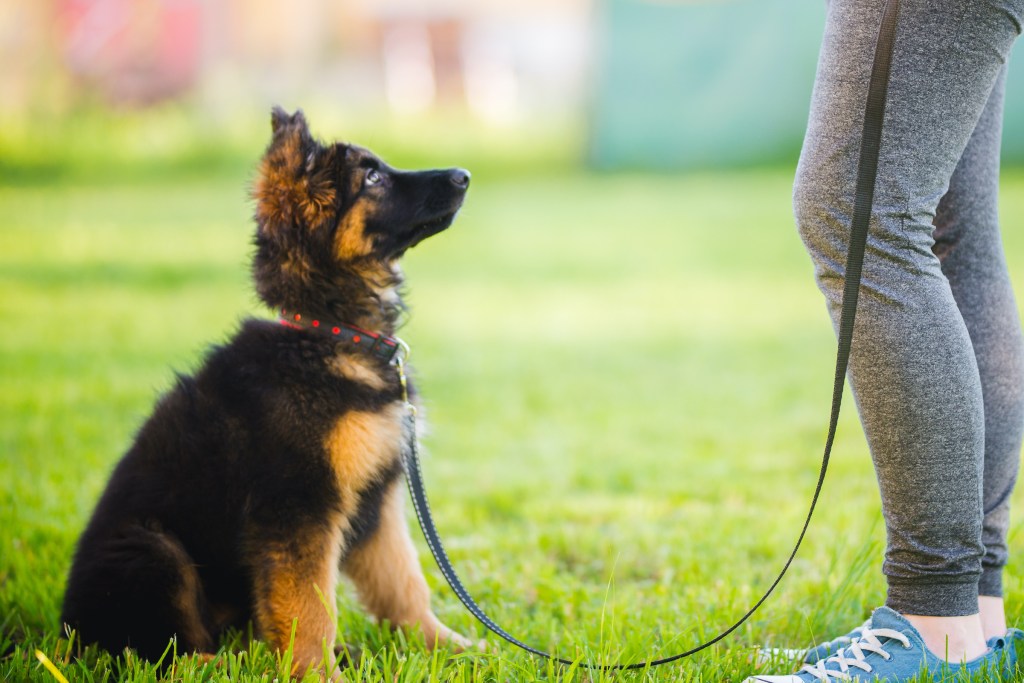
Two of the three dogs with stars on the Hollywood Walk of Fame are German shepherds
Not all of this dog breed’s history is negative, though. There have been many famous German shepherds since the breed’s creation, including heroes, show dogs, and even movie stars. If you were to walk down the Hollywood Walk of Fame, you would actually find two German shepherds with their very own stars on the sidewalk! Only three dogs have ever been given this honor: Rin Tin Tin and Strongheart — the German shepherds — and the fictional character Lassie, who’s been played by several border collies.
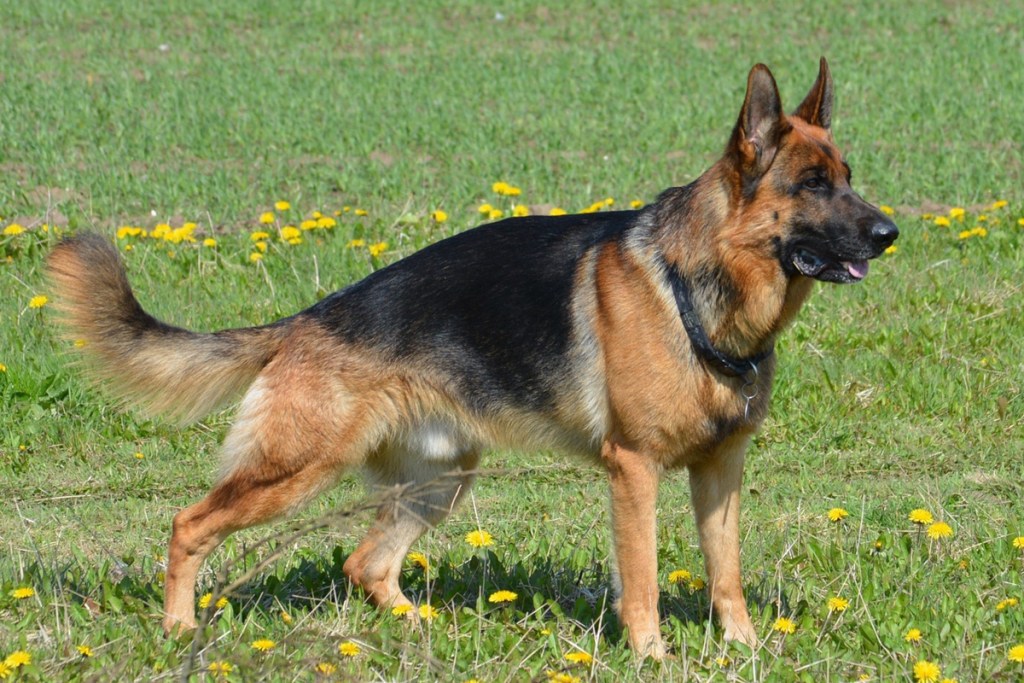
Most German shepherd’s names are either strong or sweet
Though it’s unlikely you’ll run into a German shepherd named Rin Tin Tin these days, you’re much more likely to meet a Max, Bear, or Bella. In fact, Rover calculated the top 300 most popular dog names for German shepherds in 2019, and they’re pretty predictable. The female names range from fierce and strong to sweet and feminine, while the male names are strong and masculine all around.
The top German shepherd names for females include:
- Luna
- Bella
- Nala
- Athena
- Nova
- Stella
- Roxy
- Sadie
- Zoe
- Lucy
The top German shepherd names for males include:
- Max
- Zeus
- Bear
- Rocky
- Duke
- Thor
- Loki
- Apollo
- Koda
- Rex
How cute! It’s clear that dog owners take the time to give their dogs names that fit their personalities, but the breed certainly has an influence, too. A dog’s breed actually influences a lot about them — including their physical and behavioral traits, so it’s always smart to do your research about dog breeds before bringing a new pet into your home. We hope you enjoyed these German shepherd fun facts.


